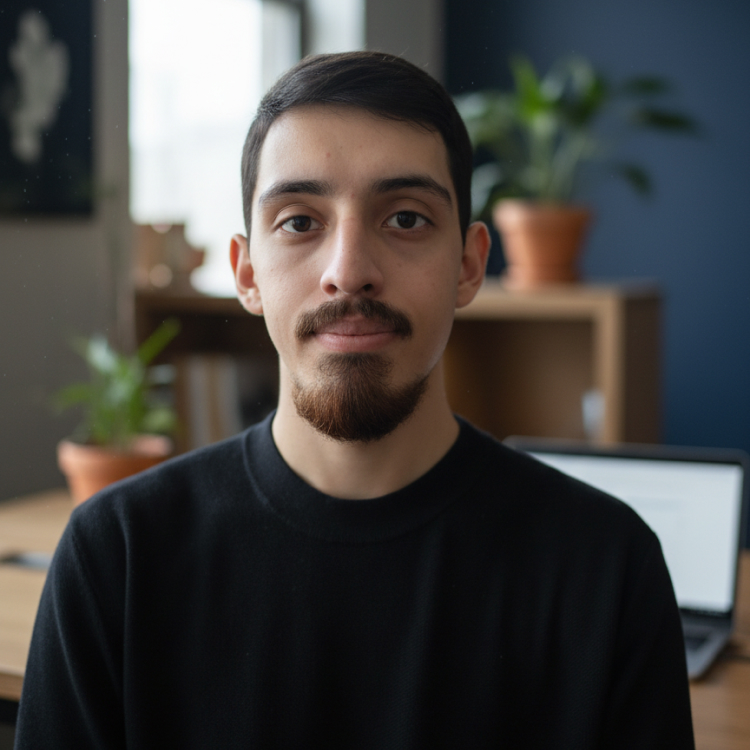Visible Outsource is a consulting firm focused on personalized HR solutions. They work with businesses to help them find the right people—not just to fill seats, but to grow teams that thrive.
In October 2023, they came to us with a clear concern: their job-seeking platform was falling flat. Sign-ups were low, engagement was declining, and the user experience wasn’t holding up. The result? They couldn’t confidently pitch their subscription service to recruiters and HR teams. The product simply wasn’t working the way it needed to.
One Platform, Two Very Different Users
The heart of the problem was this: the platform had to serve both software engineers looking for jobs and recruiters trying to hire them. Those are two very different user journeys, but they were crammed into a single, outdated system.
Our job was to redesign the experience for both sides—making it easy for engineers to find the right roles and giving recruiters the tools to quickly spot strong candidates.
Simplify, Guide, and Modernize
We didn’t just give the interface a facelift—we restructured how users moved through it.
A major upgrade was the introduction of multi-step forms. These acted like mini workflows: for engineers, it meant entering skills and preferences in a way that surfaced real matches instead of generic listings. For recruiters, it streamlined the process of defining a role and reviewing candidates without digging through irrelevant profiles.
Behind the scenes, we also worked closely with the client to improve content management. Job listings became easier to update regularly, keeping the platform fresh and relevant.
Rolling It Out in Phases
We tackled the project in two main phases:
- Phase One focused on untangling layout and navigation issues. We restructured pages, simplified user flows, and introduced a more intuitive hierarchy so users could understand where they were and what to do next at every step.
- Phase Two focused on the interface polish. We updated visuals, added consistency to components, and created a look and feel that gave recruiters confidence in the product—key to launching a new freemium model.




